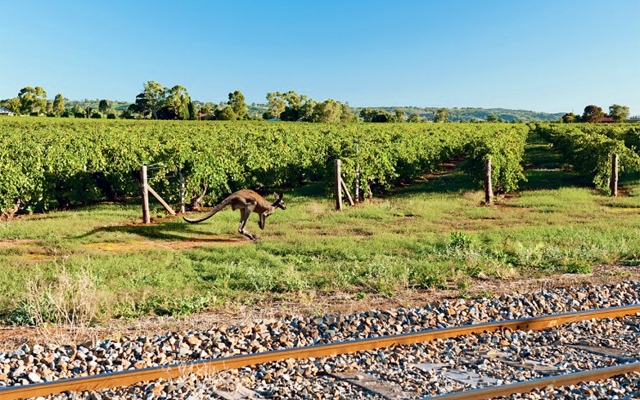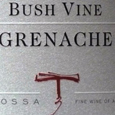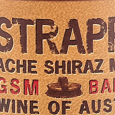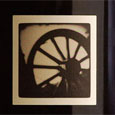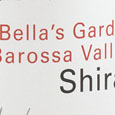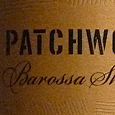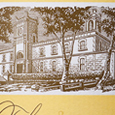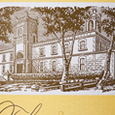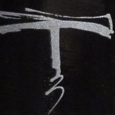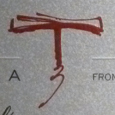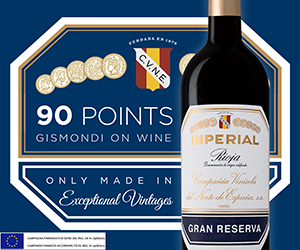Not long after the province of South Australia was proclaimed in 1836, the colony’s first Surveyor General, Colonel William Light, came upon a fertile valley just northeast of Adelaide.
Light gave the Barossa Ranges its name in memory of the British victory over the French in the Battle of Barrosa, fought in Spain during the Peninsula Wars. That’s not a typo; the name Barossa was transcribed in error and the valley some 70 kilometres from the city of Adelaide henceforth had a single r, a double s.
Light had noted the region was fertile, and so have a lot of farmers ever since. Today, almost 180 years later, Barossa wines are highly respected. The Langton’s Classification of Australian Wines VI included a record 30 different labels from the Barossa Valley, making it the country’s leading sub-region according to the highly respected national classification bible. Eight of those wines, namely Torbreck RunRig Shiraz, Seppeltsfield1914 100 Year Old Para Vintage Tawny, Rockford Basket Press Shiraz, Penfolds Bin 707 Cabernet Sauvignon, Henschke Mount Edelstone Shiraz, Henschke Hill of Grace Shiraz, Chris Ringland Dry Grown Barossa Ranges Shiraz, and Penfolds Grange Bin 95 Shiraz, hold the rank of exceptional, and sit at the top of the Langdon’s scale.
On a recent trip to Barossa I was interested to know what it is about the valley that makes it so special. To begin, it hardly looks valley-like, in the manner of, say, Napa Valley or the Okanagan Valley. In a wine world obsessed with terroir, the gently sloping Barossa is no lightweight. The soils are ancient. There are alluvial sands over schist in the south. There are deep sands, similar to the Okanagan Black Sage Bench, pockets of gravel, sandy ridges and, well you get the idea, it’s a complex mix of soils and none of it near as fertile as Colonel Light had mentioned. Of course spare soils are the key to great wines.
Barossa, like the Côte de Nuits or the Haut-Médoc cannot be simplified. In fact it is only with more study that we can come to know all its nuances in the way we can discuss the styles of wine coming out Saint-Estèphe or Pauillac, Bordeaux “parishes” but a few kilometres apart.
Complexity is really all a great valley has to offer over an ordinary valley, and in the case of Barossa the complexity of the wines has outstripped the complexity of the information we know about the place. At least until now. We in British Columbia could learn from the Barossa experiment. If you want to be the best, you must compile the best information possible.
One thing Barossa has that few, if any, other wine regions can compete with are old vines. In fact, the Barossa Valley is home to some of the oldest continuously producing vineyards in the world. After a lot of thought and study at Yalumba, perhaps the definition of owner Robert Hill-Smith, an old vines charter was launched to protect Barossa’s and the rest of Australia’s most precious assets after an unfortunate vine pullout scheme triggered the end of so many magnificent vineyards in the 1980s.
It didn’t take much for the rest of Barossa’s vintners to tweak the Yalumba effort for classifying its old vines and the Barossa Old Vine Charter was launched. Today, under the charter, vines 35 years of age or more can be named Barossa Old Vines. Those 70-plus are Survivor Vines; 100 years are Centenarian Vines; 125 years, Ancestor Vines. Since 2009, the region has moved to establish an old vine register to protect all of these treasures.
Will they make better wine? Likely, but like barrels and winemakers and umpteen other factors, no single phenomena is responsible for making great wine. On the other hand, Hill-Smith may be onto something when he says, “In the perception of the serious wine-drinker, the Old World owns the integrity to old vineyards. To take an Old Vine Charter to the world will cause a lot of people that take Australia for granted to think again. This charter is about integrity, about hoping that the wines we put in front of people express the place and the variety. It is a necessary evolution that signifies the growing up of Australia”.
It’s hard to argue. As for the oldest Ancestor Vines, at least 125 years old, they are now growing under protection. My advice would be go to the Barossa Valley, find an old vineyard, walk into the middle of it, lay down, and turn off your phone. In the quiet of the moment, listen to what the vines are saying. If you really concentrate you may hear the story of how the telephone was invented or how a huge rock was discovered in central Australia and named Ayers Rock. And you may well hear the story these ancient vines are telling.
Here are a few Barossa wines we've tasted recently at GOW:

 quicksearch
quicksearch

